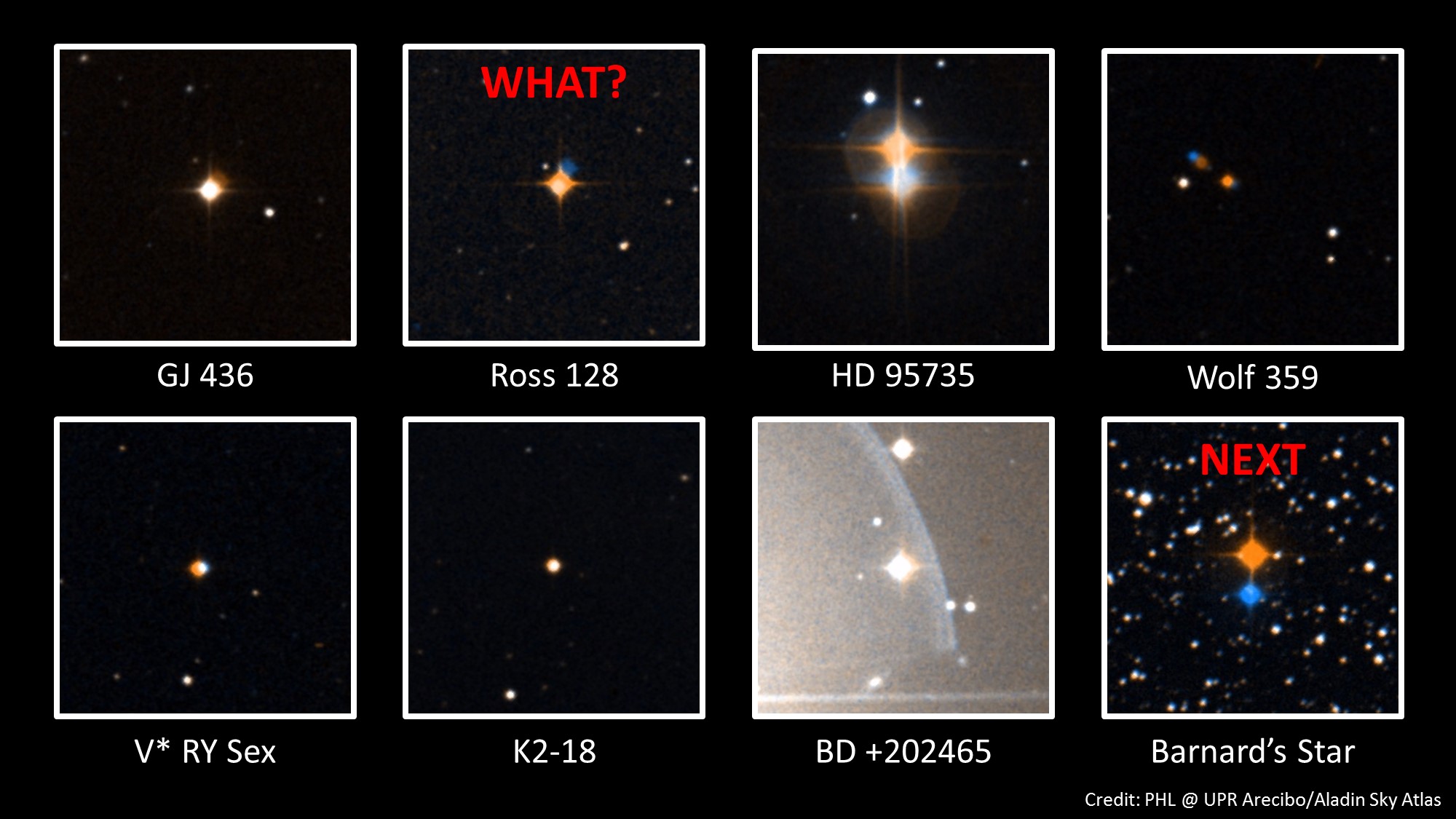When it comes to the search for life outside of our Solar System, there are a number of ways we could eventually discover it. Exploring with probes, orbiters, and robots is often how sci-fi movies and books explain humanity’s discovery of extraterrestrial life, but in reality we might first detect the presence of an intelligent alien race simply by listening. A new discovery of unexplained radio signals coming from a nearby red dwarf star has researchers puzzled, and the possibility of the signals being generated by someone rather than something is on the list.
A team of scientists working with the Arecibo Observatory were observing red dwarf stars in our celestial neighborhood when they first detected the strange signals.

“Two weeks after these observations, we realized that there were some very peculiar signals in the 10-minute dynamic spectrum that we obtained from [the star] Ross 128,” researcher Abel Mendez explains in a blog post. “The signals consisted of broadband quasi-periodic non-polarized pulses with very strong dispersion-like features. We believe that the signals are not local radio frequency interferences (RFI) since they are unique to Ross 128 and observations of other stars immediately before and after did not show anything similar.”
The group has a number of possible explanations, and while most of them don’t include the presence of alien life, they’re still fairly interesting. The signals, the researchers say, could be generated by emissions from the star itself or a nearby object, or a radio burst from an orbiting object. However, science can’t rule out the radio signal as being the work of aliens. “The recurrent aliens hypothesis is at the bottom of many other better explanations,” Mendez says. The group hopes to compile additional data by the end of this week in order to make a better guess at what is causing the odd signals.








